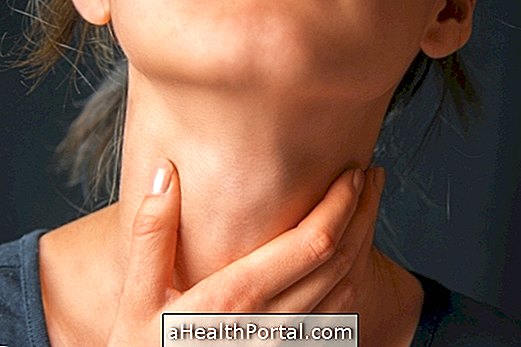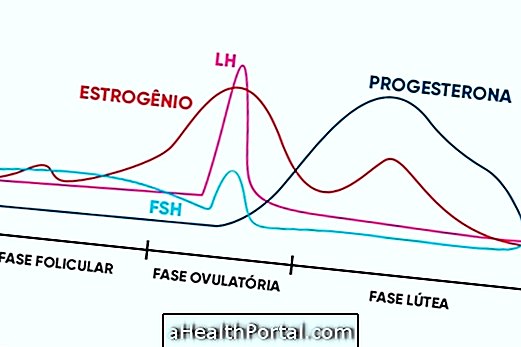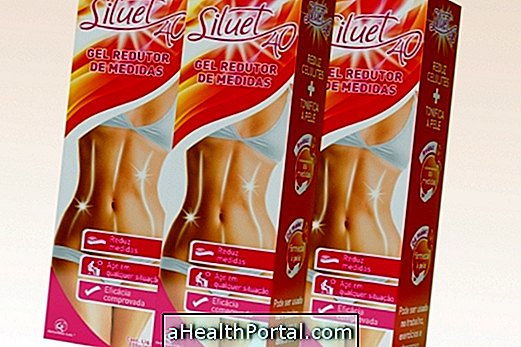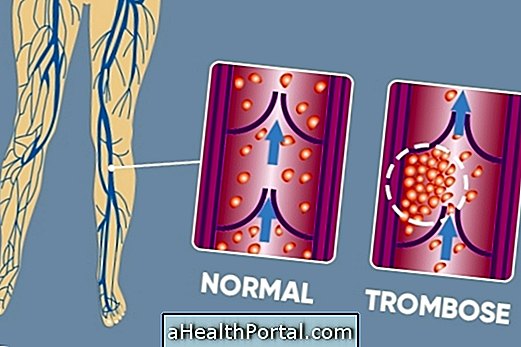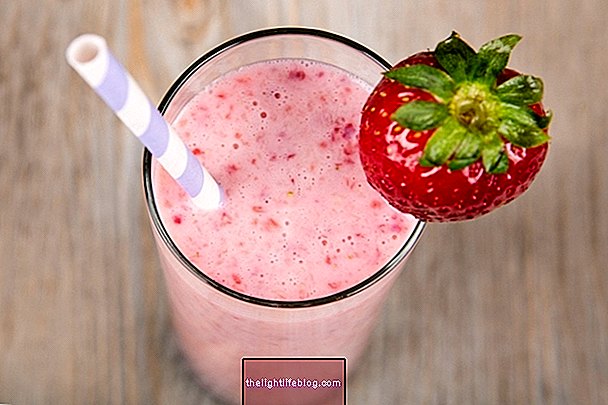To wash fruits and vegetables correctly, reducing the amount of pesticides and microorganisms, the following steps must be taken:
- Wash food in running water using a brush or brush to remove dirt visible to the naked eye;
- Leave the fruits and vegetables soaked in a bowl with 1 liter of water and 1 tablespoon of bleach or sodium hypochlorite for 15 minutes;
- Wash the fruits and vegetables in drinking water to remove excess hypochlorite.
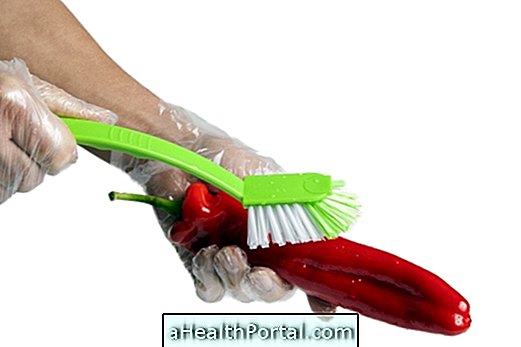
The amount of the chemical must be respected because regular consumption of this type of substance can harm the digestive tract. The use of products such as bleach, bleach and stain removers is totally discouraged, and the use of vinegar too, as it can not eliminate some harmful bacteria to health.
When not using bleach or hypochlorite
Bleach and sodium hypochlorite should not be used by people with thyroid problems, as these products contain chlorine, a mineral that reduces the absorption of iodine in the intestine, a key nutrient for the proper functioning of the thyroid.
Hygiene of fruits and vegetables with Hydrogen Peroxide 3%

An alternative and healthier way to wash fruits and vegetables is the use of 3% Hydrogen Peroxide, which can be made in pharmacies for handling and used by all people, including cases of thyroid problems and pregnancy.
To use it, you should dilute 1 tablespoon of the product to every 1 liter of water, leaving the vegetables to soak for 15 minutes. After this time, wash the vegetables in running water to remove the excess product and store the food in the refrigerator.
It is important to remember that consuming raw food that is not properly washed can be dangerous to health due to the amount of harmful microorganisms and pesticides present in vegetables, which can cause problems such as belly pain, diarrhea, fever and malaise. See the 3 illnesses caused by contaminated foods.
Because vinegar is not a good choice
Vinegar is not a good choice for sanitizing food because it does not kill microorganisms, it just helps loosen the soil, the larvae and the insects that get stuck to the vegetables.
To use vinegar in this way, you should dilute 2 tablespoons of vinegar to every 1 liter of water, and leave the fruits and vegetables to soak for 30 minutes. After this time, wash the vegetables again under running water before storing them in the refrigerator.
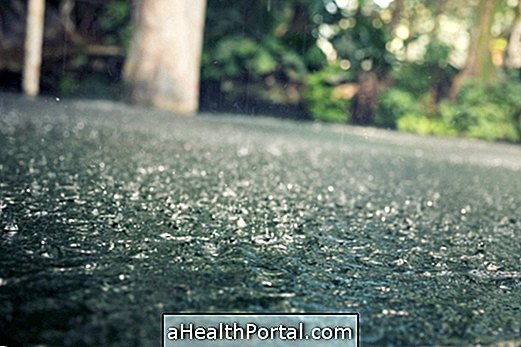

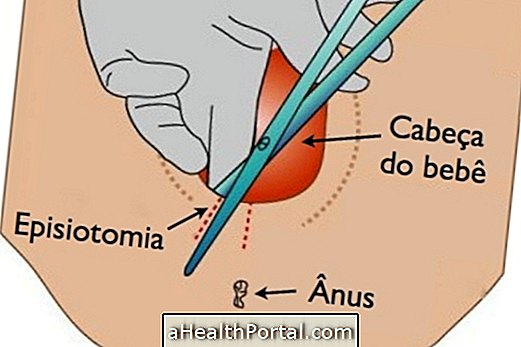


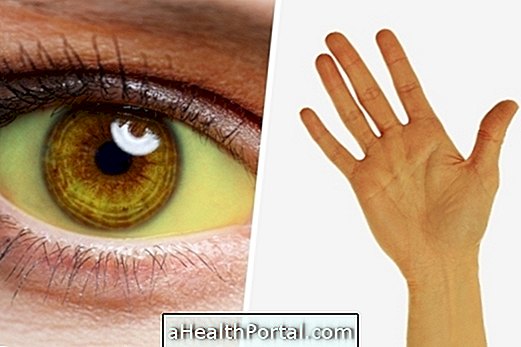


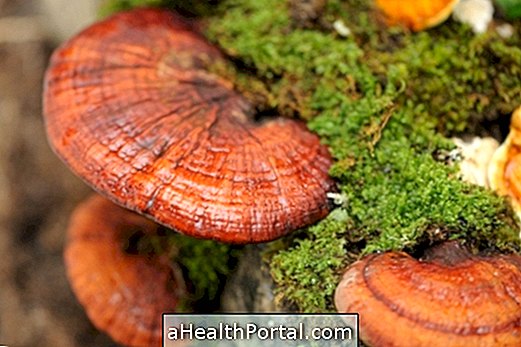
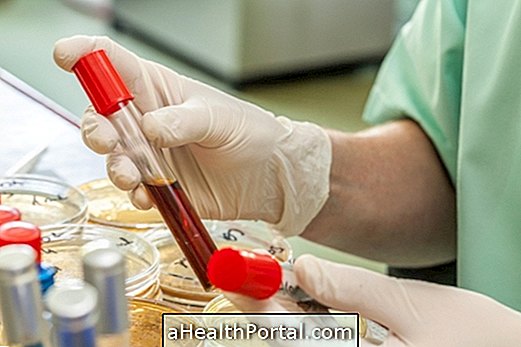

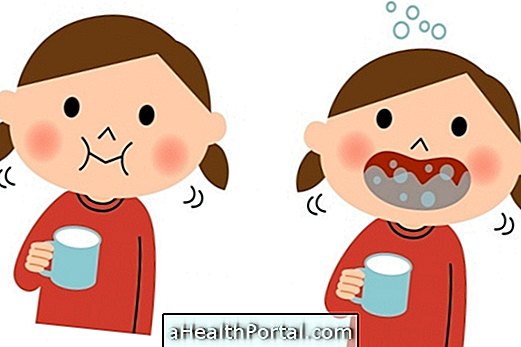
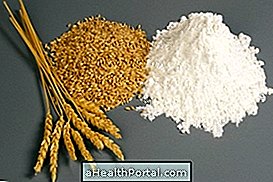
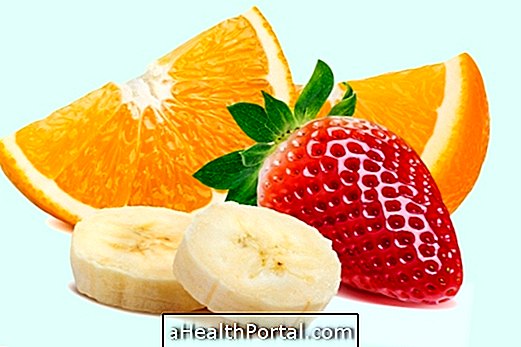
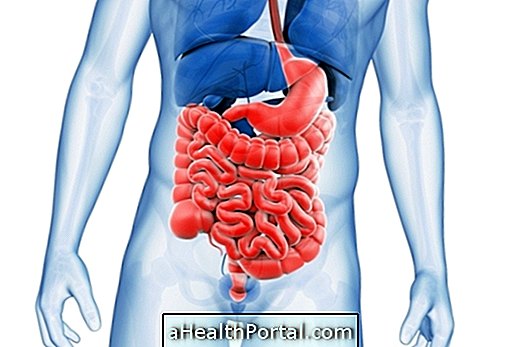

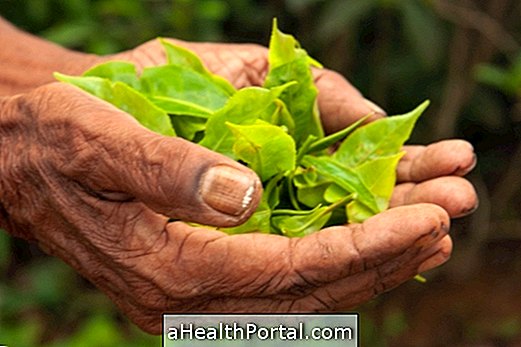
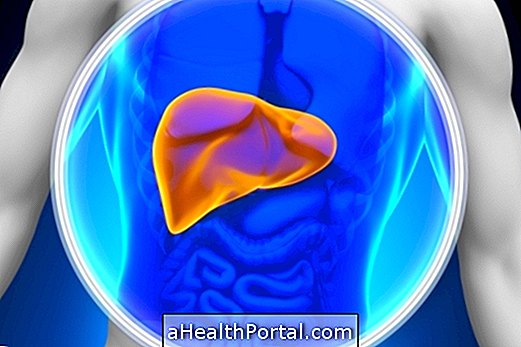

-o-que-so-tipos-e-para-que-servem.jpg)
